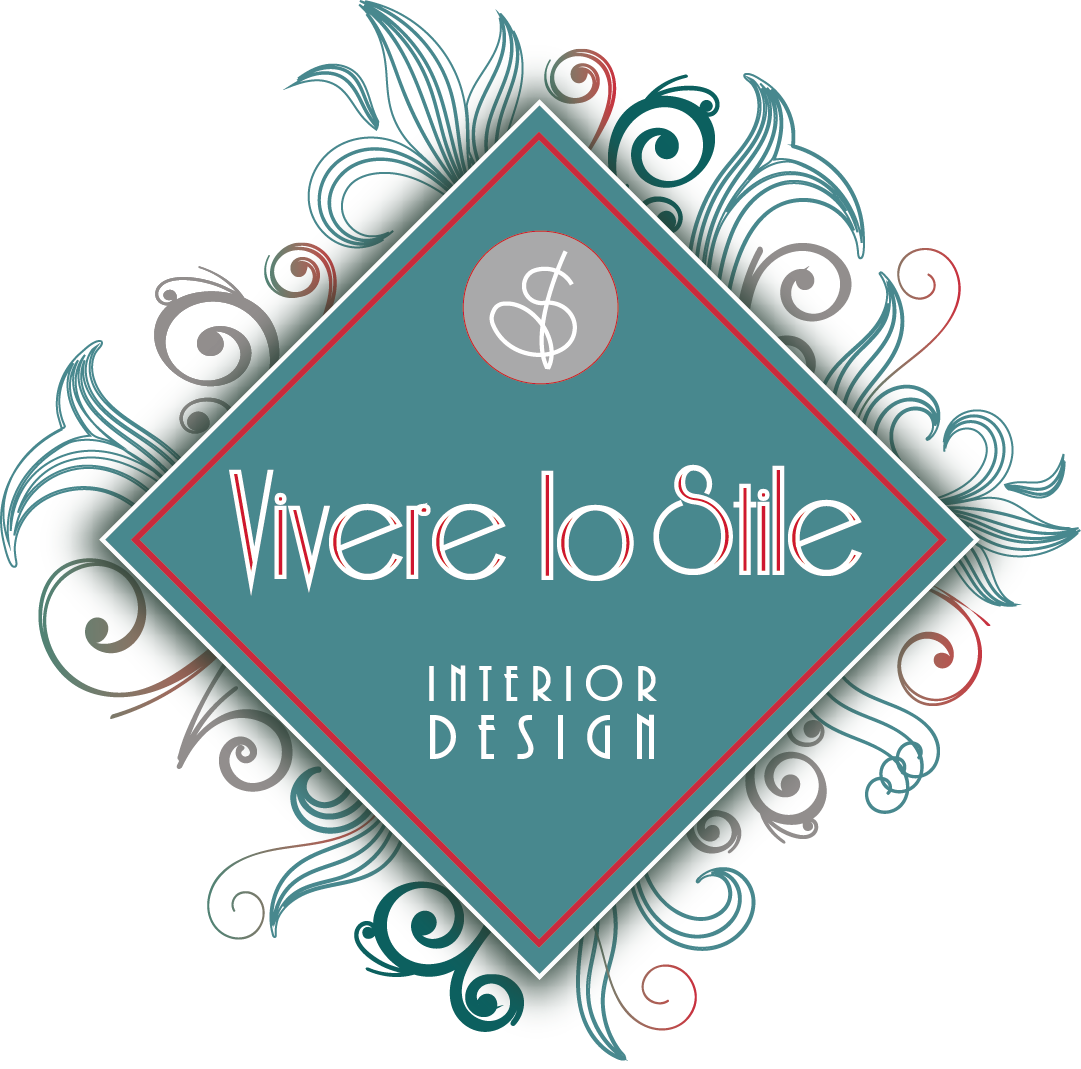Decorating your home isn’t just about furniture or colors — it’s a delicate balance between functionality, aesthetics, and comfort; yet, even design lovers can fall into small decorating mistakes that throw off harmony and style.
Today, I’ll guide you through nine common decorating mistakes and, more importantly, show you how to turn them into clever choices for a home that’s beautiful, cozy, and functional.
Buying furniture without a plan
That is one of the most common decorating mistakes: rushing into stores with only a vague idea of what you want.
Furniture, fabrics, accessories: everything looks tempting, but without a clear vision, you risk ending up with a cluttered, unbalanced space full of items that don’t really “speak” to each other.
The fix?
Begin by listing the must-haves for your lifestyle and creating a scaled floor plan that marks windows, doors, outlets, and built-in features.
Then, create a mood board, select a color palette, and identify your main style direction. (Here you can find out how to create a moodboard)
That will help you make thoughtful choices and avoid impulsive purchases that later become clutter.
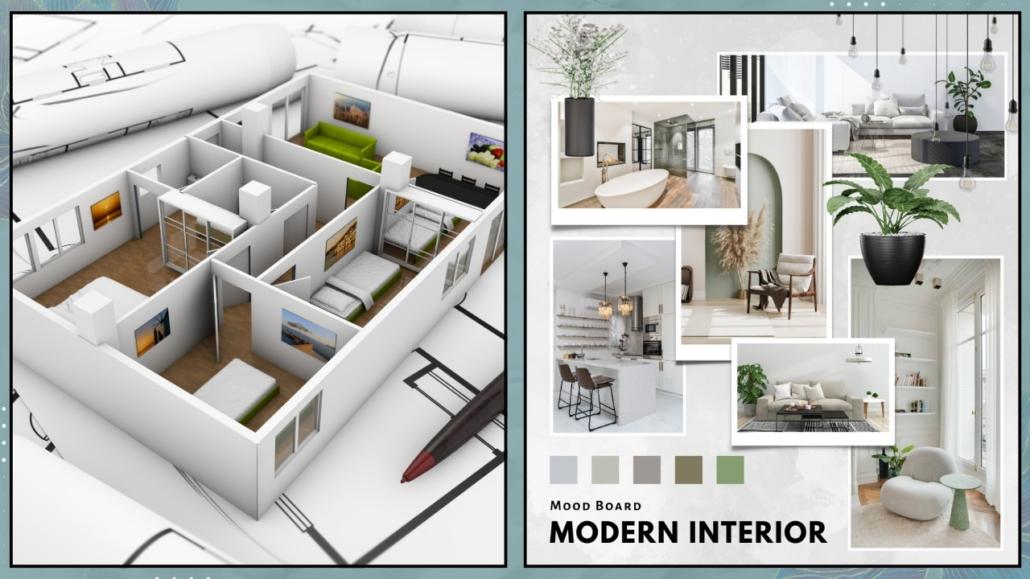
(Credits: Canva)
Chasing trends
Another common among decorating mistakes — and often a result of the first — is getting carried away by trends.
The problem? Trends come and go, but your home stays with you every day.
Following them impulsively can lead to a confusing mix of styles that doesn’t reflect who you are or how you live.
What you should do is start from you — from what makes you feel good, the materials you love, and the colors that bring you balance and calm (that moodboard from before comes in handy here).
You can take inspiration from trends, of course, but always filter them through your personal taste.
That way, your home will feel current but timeless, consistent but never monotonous.
After all, the best style is the one that tells a story — your story.
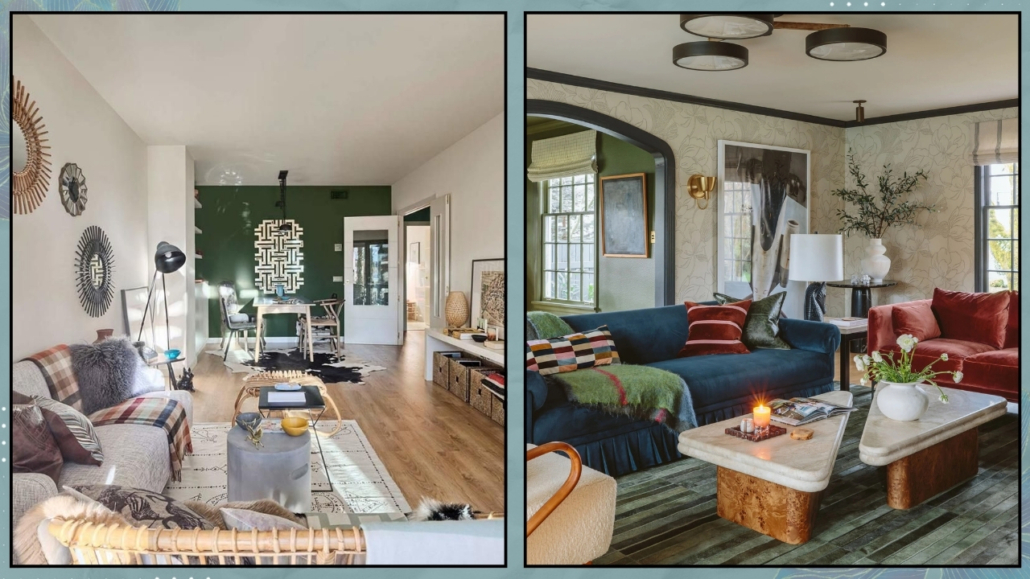
(Credits: Emily Henderson myramardos.com)
Mixing too many styles
If you don’t have a clear vision — or if you jump from one trend to another — you might end up with a stylistic jumble.
Mixing styles can absolutely work, but it needs intention.
Start with one main style and add contrasting touches only to give character and depth.
For example, in a contemporary living room, a vintage piece or a baroque mirror can add personality — as long as everything speaks the same design language.
And remember: don’t group each style into its own “zone.”
Instead, let them blend naturally within the same room, so they enhance each other.
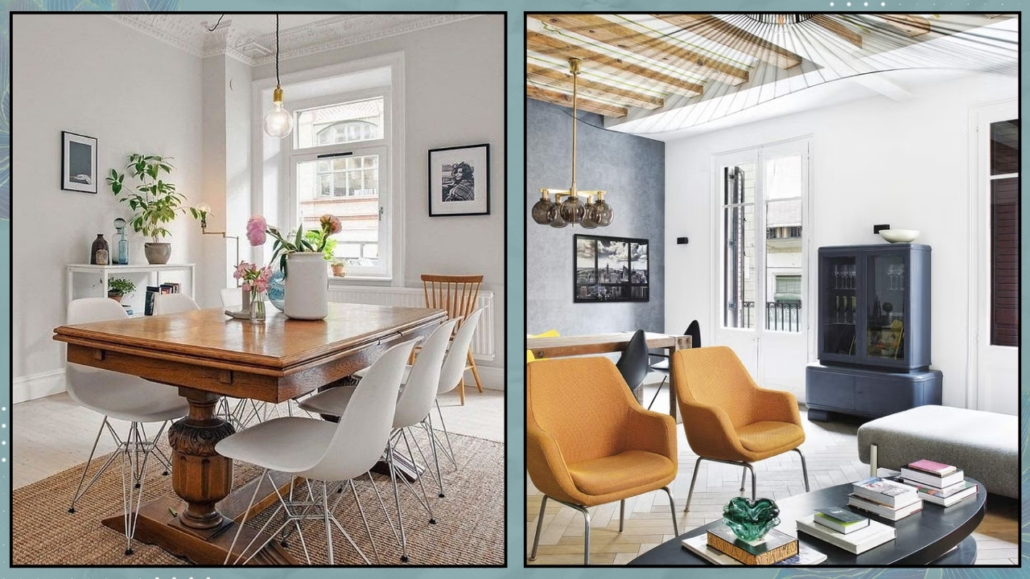
(credits: Alvhem; Montse Garriga)
Ignoring the real function of a room
Sometimes we focus so much on aesthetics that we forget how we’ll actually use a space.
You might fall in love with a certain sofa, table, or bookshelf — only to realize later it’s uncomfortable or impractical.
A beautiful space that doesn’t work isn’t truly livable.
Before designing or rearranging a room, always ask yourself:
“What do I want to do here?”
Do you want to relax? Entertain? Work quietly?
Your answer determines everything — from layout to lighting to materials.
A truly well-designed home isn’t one that looks perfect in photos, but one where form and function blend seamlessly to make you feel at ease.
Because style without comfort doesn’t last.
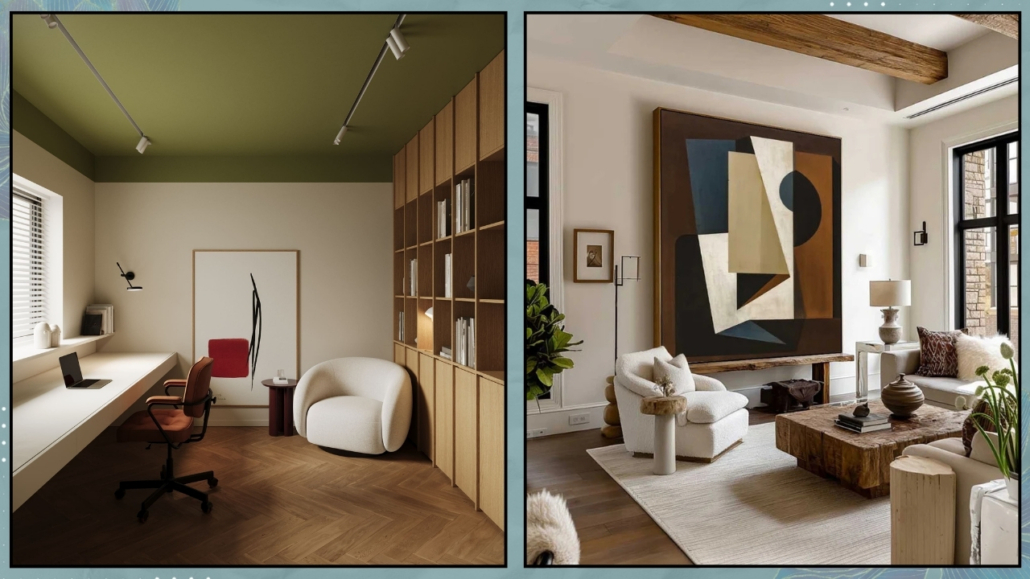
(credits: Stefana Delia; artisbetter.com)
Neglecting lighting
How many times have you noticed a room that looks dull, even with attractive furnishings?
Often, lighting is the culprit.
Relying only on a ceiling light is never enough.
Think in layers: general lighting to brighten the whole space, task lighting for functional areas like desks or bedside tables, and ambient lighting to create warmth and atmosphere.
Floor lamps, sconces, or directional spotlights can make a huge difference.
If natural light is limited, use reflective materials, metallic accents, or mirrors to help bounce light around — it adds both comfort and visual depth.
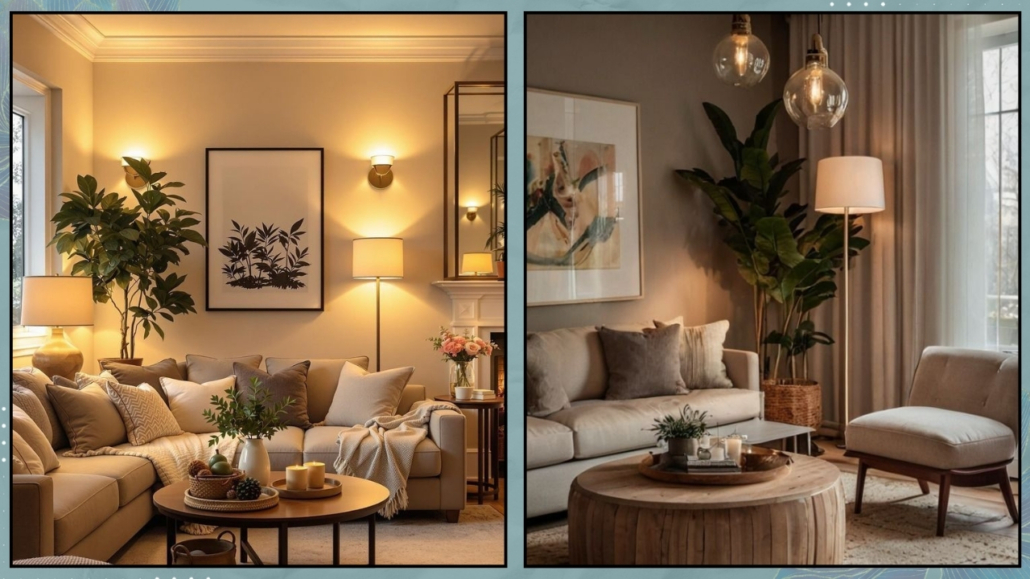
(credits: Kianna Paucek; Yolanda Boyer)
Getting proportions wrong
An oversized sofa in a small living room — or a tiny table in a large dining area — can throw off the entire balance of a space.
Proportion matters, not just for looks but for comfort and flow.
It’s also about how elements relate to each other: a small picture above a large sofa gets lost, while one that’s too big feels overwhelming.
The trick is to choose furniture that fits both the room and the surrounding pieces.
And don’t forget about placement: if everything’s crammed on one side and empty on the other, the space will feel off balance.
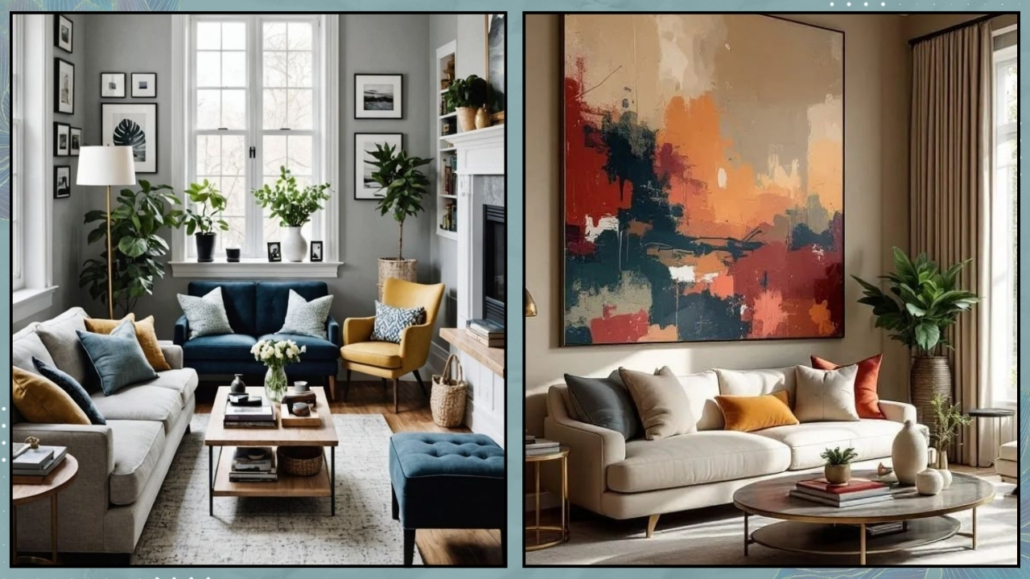
(credits: homedecorideass.com; InteriorDesignInfo.com)
Ignoring visual rhythm
Ever walked into a room that looked “flat,” even though everything matched?
That’s often a lack of visual rhythm — the balanced alternation of full and empty spaces, light and shadow, color and texture that gives movement to a room.
A common mistake is putting all the focus on one area — a bold wall or a statement piece — and leaving everything else too plain, or filling every inch with stuff.
Think of your room like a melody: it needs pauses and variations.
Mix textures (smooth and rough), play with heights, and alternate matte and shiny surfaces.
And don’t be afraid of empty space — it’s what lets everything else shine.
When the rhythm is correct, the room feels dynamic and harmonious — the kind of atmosphere that makes people say, “There’s such a nice vibe here.”
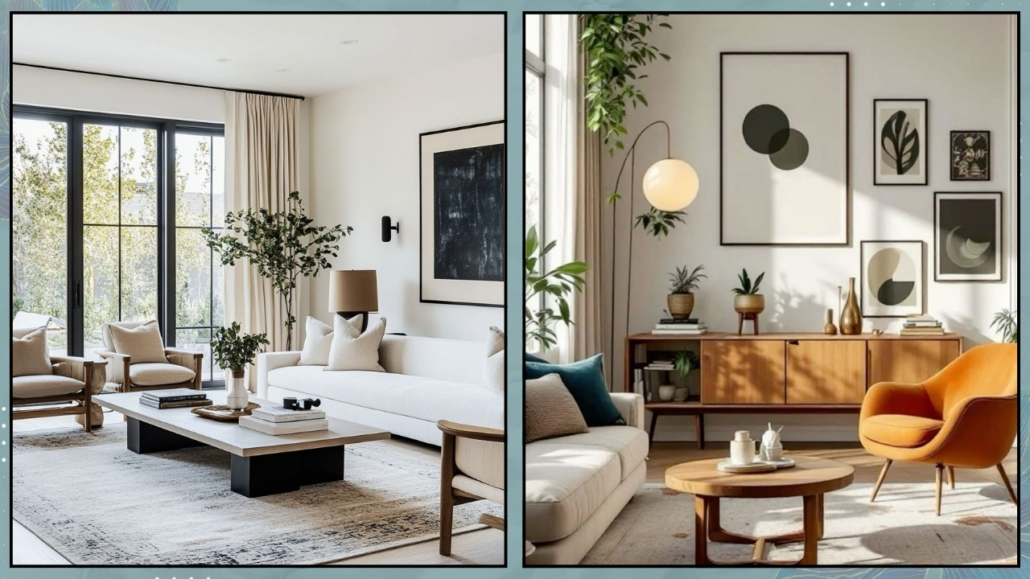
(credits: Studio McGee; Devina Ardelia)
Ignoring color
Colors that are too similar (or too clashing) can upset the balance of a space.
The key is to define a color palette and play within it throughout your home.
That doesn’t mean every room has to look the same — quite the opposite!
You can have different wall colors or accents in each room, as long as they share a harmonious base.
Use shades and tones of your primary colors, and repeat at least one color from room to room (even in different proportions or saturations) to create a sense of flow.
If you’re afraid of using bold colors, start with a neutral base and add personality through accents such as cushions, rugs, artwork, or small décor pieces.
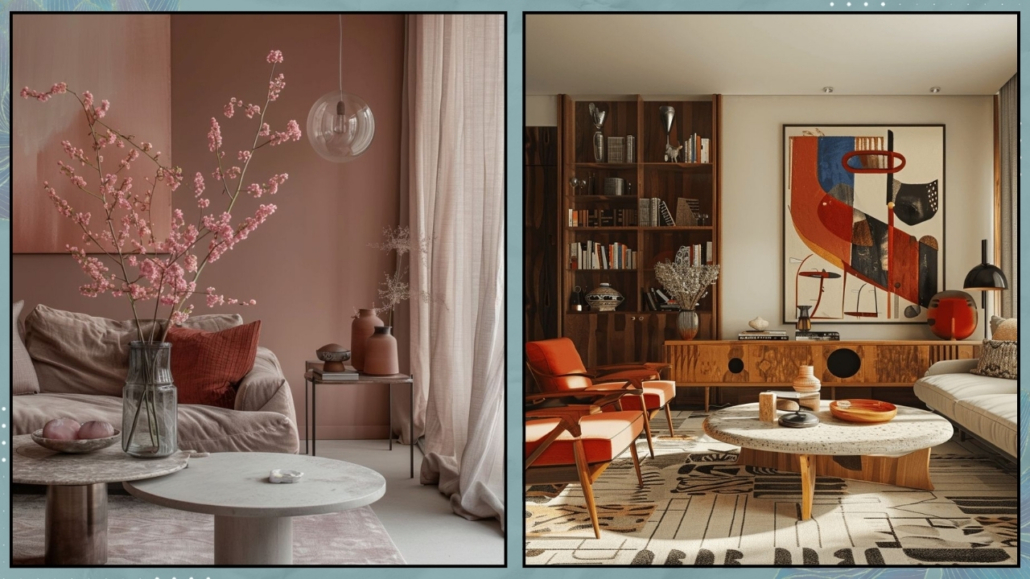
(credits: Melanie Jade; Edward George)
Forgetting the details
There comes a moment when everything seems “done”: the furniture fits, the colors work, the proportions are perfect…
And yet, something feels missing.
That missing piece is personality.
Without it, even the most polished home can feel anonymous — like it could belong to anyone.
Add your personal touches: a painting you love, travel photos, a vintage vase, a book on the coffee table.
These are the details that tell your story and make your home feel truly yours.
You don’t need many — just a few pieces chosen with heart can add warmth and character.
Your home shouldn’t just look good; it should feel like you.
That’s what makes it truly welcoming.
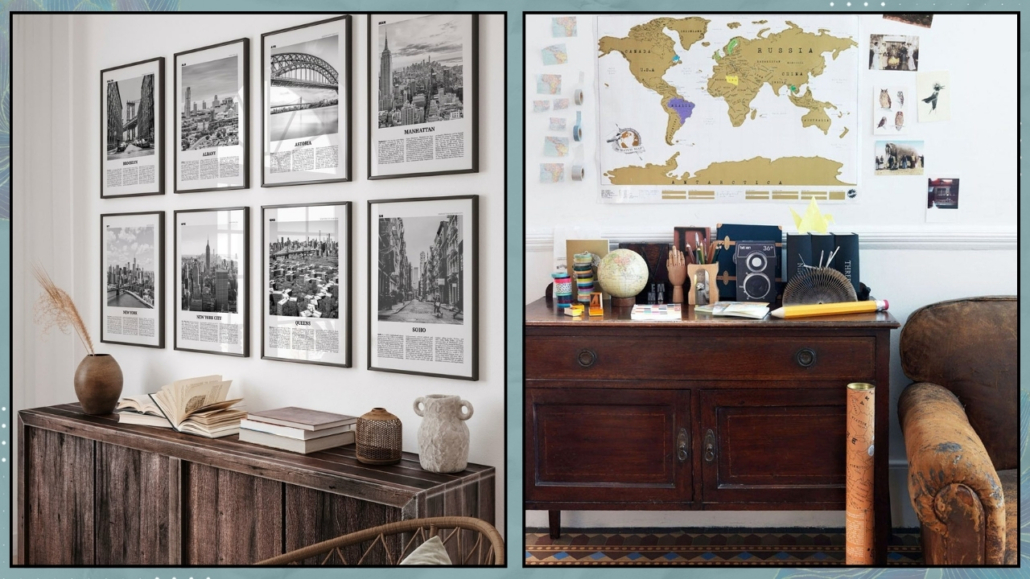
(credits: Nbourhood.com; Petra Bindel)
In conclusion
Decorating mistakes are easy to make, but with a bit of awareness, you can turn them into opportunities — creating a space that’s pleasant, elegant, and functional.
Small, thoughtful choices really can make a big difference, turning your home into a haven where you feel good every single day.
And if you’d like some personalized help, I can guide you through a custom consultation — together, we’ll find the perfect solutions for your space and your style.
